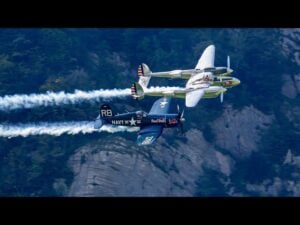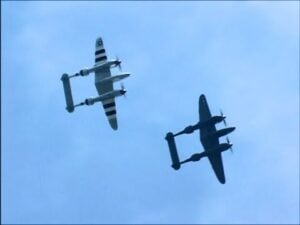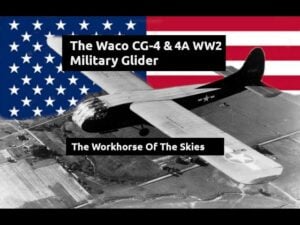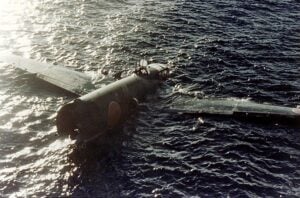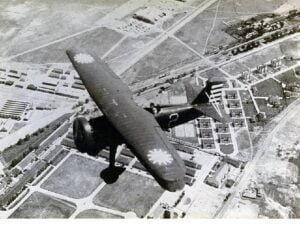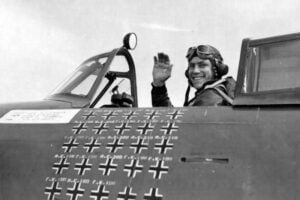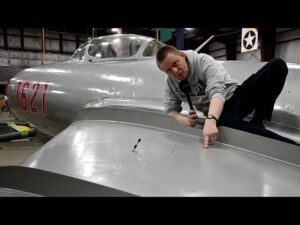The Insane Engineering of the P-38 Lightning
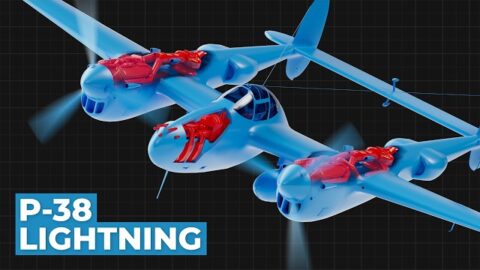
YouTube / Real Engineering
The Lockheed P-38 Lightning didn’t just look different—it was different. With its twin booms, twin engines, and five forward-facing guns packed into its nose, the P-38 stood apart from every other fighter of World War II. Engineers didn’t just build a plane; they created a machine that looked and fought like a monster.
Pushing the Limits of Engineering
At its heart were two liquid-cooled Allison V-1710 engines, each force-fed by a pair of turbo-superchargers that worked like artificial lungs. This gave the Lightning the ability to breathe in the thin air above 25,000 feet while still packing speed and firepower. With drop tanks attached, it could fly distances other fighters only dreamed of—an advantage that made it invaluable in the vast Pacific.
The design was the brainchild of a young engineer who would go on to reshape aviation: Clarence “Kelly” Johnson. At just 27, Johnson’s radical proposal beat out more conservative designs. By 29, he was leading Lockheed’s advanced Skunk Works team. His Lightning could reach bomber altitude in six minutes and deliver blistering firepower with unmatched precision.
A Radical Design
Instead of mounting a propeller in front of the cockpit, Johnson left the nose clear. This gave the P-38’s pilot an unobstructed view forward and allowed all its weapons—four .50-caliber machine guns and a 20mm cannon—to be mounted in a single cluster. Unlike other fighters, the Lightning’s guns didn’t need to be angled to converge; every round went exactly where the pilot aimed.
The twin-boom layout wasn’t just distinctive—it gave engineers the space they needed for turbos, fuel, and cooling systems. Even the intercoolers were unconventional, built directly into the wing’s leading edge to reduce drag. It was cutting-edge American engineering in 1939, and it showed.
A Fighter for Every Front
The P-38 proved itself versatile and rugged. Its tricycle landing gear gave pilots better control on Pacific island airstrips. Its speed and range made it perfect for escort missions, long patrols, and hit-and-run attacks against Japanese shipping. In Europe, it served as a bomber escort before the Mustang took over, but in the Pacific, the Lightning became legendary.
Pilots loved its firepower, reliability, and ability to bring them home even when damaged. From intercepting Japanese bombers to escorting General Yamamoto’s ill-fated flight, the P-38 made its mark on history.
Legacy of the Lightning
Designed before America even entered the war, the P-38 remained competitive to the very end. Its unique shape and unmatched performance ensured it was never forgotten. For many, it was more than just a fighter—it was the symbol of American innovation, a twin-engine beast that carried its pilots across oceans and into battle.
The P-38 Lightning wasn’t just another WWII fighter. It was proof that bold ideas could change the course of air combat.














